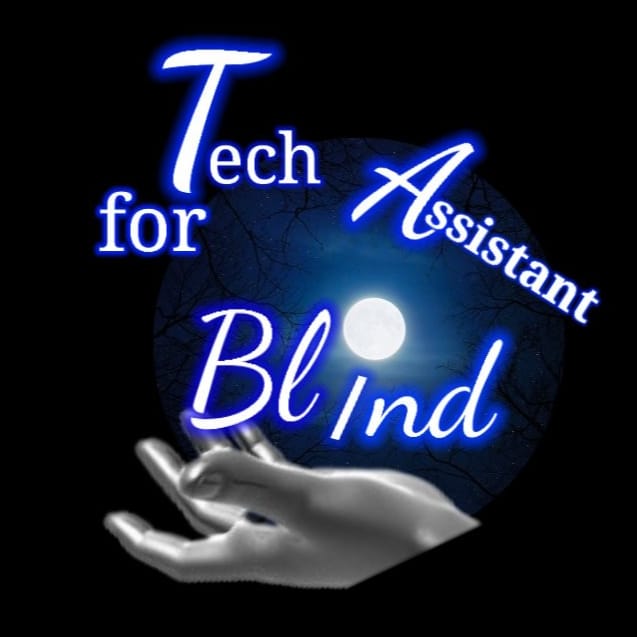Last Updated on
February 26, 2025
Written by
Kuldeep kumar Yadav
Voice recognition technology is booming, changing how we interact with devices in almost every part of our lives. From voice assistants like Siri and Alexa to advanced security systems, this technology is reshaping how we communicate, work, and live. But while voice recognition has huge potential, it also faces challenges that need to be addressed before it becomes truly everywhere. Let’s dive in!
The Rise of Voice Recognition: From Sci-Fi to Everyday Reality
Voice recognition is the ability of a machine to identify and process human speech. By turning speech into text or executing commands based on what you say, these systems aim to understand and respond to human language naturally and accurately. Thanks to advancements in artificial intelligence (AI) and machine learning (ML), voice recognition has improved rapidly, learning from data to become more accurate over time.
Everyday Applications: Where You’re Already Using Voice Recognition
Voice recognition is already making a big impact in many areas:
- Smart Assistants and Home Automation: Control your lights, music, and more with voice commands using Siri, Alexa, Google Assistant, and Cortana.
- Healthcare and Medical Transcription: Doctors can dictate notes directly into electronic health records, saving time and reducing errors.
- Voice Biometric Security Systems: Verify your identity using your unique vocal characteristics in banking apps, customer service centers, and even on your smartphone.
- Customer Service and Call Centers: Speak your requests instead of pressing buttons on a keypad, and the system will route you to the right department.
- Language Translation: Speak in one language, and tools like Google Translate will translate it into another language in real-time.
The Challenges: Hurdles to Overcome
While voice recognition offers many benefits, there are several challenges that need to be addressed:
1. Accuracy and Context Understanding: Hearing Clearly and Understanding Meaning
Voice recognition still struggles with understanding speech in noisy environments or when people have strong accents. While systems are getting better at recognizing standard language, they often struggle with regional accents, non-standard speech, or background noise. Also, while AI has made voice recognition more context-aware, systems still have trouble understanding nuances, idioms, or emotional tone.
2. Privacy and Data Security: Protecting Your Voice Data
As voice recognition becomes more integrated into our lives, privacy becomes more critical. Voice data is a sensitive biometric identifier that can be misused. Hackers could potentially intercept and misuse voice data to impersonate someone or gain unauthorized access to accounts. Companies store voice data to improve their systems, raising concerns about who owns the data and how it’s protected.
3. Language and Cultural Barriers: Speaking the Same Language
Voice recognition is challenged by linguistic and cultural diversity. Most systems are heavily influenced by the language models they are trained on, meaning they might not perform well in languages with complex sentence structures, tonal languages, or local idioms. Even within a language like English, the technology may perform differently for speakers from different countries or regions.
4. Cost and Accessibility: Making it Available to Everyone
While voice recognition is widely available in consumer products, creating and maintaining advanced systems can be expensive. High-end tools used in specialized fields like healthcare or legal transcription require significant investment, limiting access for smaller businesses or individuals. Also, current systems can be inadequate for individuals with disabilities, such as those who are non-verbal or have speech impairments.
The Road Ahead: A Promising Future
Despite these challenges, the future of voice recognition is bright. Innovations in deep learning, natural language processing, and improved hardware will likely lead to more accurate, responsive, and versatile systems. As the technology improves, we can expect more natural interactions, fewer errors, and an expansion of applications across various industries.
Companies are also working to address privacy and security concerns, and we may see a future where voice recognition is not only ubiquitous but also fully trusted. Efforts are underway to create systems that understand a broader range of languages, accents, and regional dialects, and greater inclusivity will drive the development of more accessible voice recognition systems.
Conclusion: A Voice-Activated Future
Voice recognition technology is already transforming how we live and work, offering new levels of convenience and efficiency. To unlock its full potential, challenges related to accuracy, privacy, language diversity, and accessibility need to be addressed. As research and development continue to improve the technology, voice recognition will likely play an even more significant role in the future, providing even greater opportunities for innovation and connectivity across the globe.


